Over the last weeks, terrible floods have caused loss of lives and massive damages to properties in several European countries. All our thoughts are with the people affected and with the rescuers and volunteers doing their utmost to help them.
EENA has been advocating the deployment of modern and efficient public warning systems for 15 years. Technologies have existed for many years to warn everyone (residents and visitors) of upcoming or developing dangers on their phones and communicate weather alerts, safety instructions, evacuation plans… The benefits of public warning systems have been demonstrated on multiple occasions, both academically and empirically.
We are sad that several EU Member States have still not deployed any solution to send a message to people’s phones when such disasters occur. European law mandates that such solutions should be deployed by the end of 2022 but does not prevent any country from doing so earlier.
We are very worried that some Member States have been advocating that warning people via a downloadable smartphone application would be as efficient as cell broadcast or location-based SMS. Smartphone apps have once again proven that they are not sufficient, notably because they are not downloaded by a large enough share of the population (and generally not downloaded by visitors). After the floods and the well-documented ineffectiveness of smartphone apps for public warning, it seems that German authorities are now finally looking into deploying cell broadcast.
We believe that we should not have to wait for such disasters to implement basic technologies that better protect the population.
Therefore, EENA calls on:
- Member States to deploy modern and reliable systems to warn citizens of major disasters on their phones as soon as possible and before the legal deadline. Two technologies are available, each with pros and cons, and they can also be used together: Cell Broadcast and SMS. Smartphone apps should not be considered as equivalent in terms of coverage, as the download rates will never be high enough to cover a majority of the population.
- Member States to do their utmost to maintain or develop accessible and multi-channel public warning systems, including phone-based warning and other channels such as sirens, radio, TV and social media. The deployment of different technologies to alert the population should come together with a well-defined public warning strategy.
- The European Commission to acknowledge that smartphone applications are far from sufficient to ensure a reliable reverse-112 service, and thus to exclude them from the list of technologies which would ensure compliance with article 110 of Directive 2018/1972 (European Electronic Communications Code).
EENA remains available to provide further information to any national authority looking into deploying reverse-112 systems.
